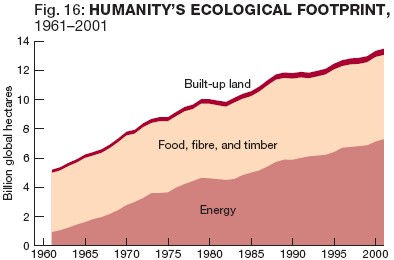
“Who are we? Why have we allowed our rights to be chipped away in the name of fear? When do the Americans get mad?”
—Helen Thomas, March 6, 2007
Helen Thomas, one of my favorite people to listen to and a very well respected member of the White House press corps, visited the University of Rochester this week and offered her take on the current state of politics, her views from working in the White House since the early 1960s, and her opinions of U.S. foreign relations efforts. Afterwards, she did a book signing and photo tour, hence the picture on the right.
In her speech, she stressed that passivity prevents progress, to which the crowd erupted with applause, and drew links between the unpopularity of the War on Terror and how national ambivalence allows the U.S. government’s abuses. She asserted that contemporary society’s passivity, in contrast to that of past eras, has allowed the government to wiretap phones, open people’s mail, subject humans to degrading treatment at Abu Ghraib and Guantanamo Bay and revoke habeas corpus.
One of the audience members asked her a question about the role the press plays in questioning the U.S. government’s actions, especially in light of the abuse examples she gave. Ms. Thomas acknowledged that the press was directly responsible for allowing these abuses to remain unchallenged. After 9/11, there existed a press that complied with the government and has not fulfilled its duty to the people: to ask difficult questions of the government’s action.
Her speech did lighten up from time to time, with references to how JFK was the most inspiring President and LBJ was “larger than life”. She also shared stories about her times with Nixon, Reagan, and Bush (41), especially during decidedly tense moments in their presidencies. She also commented on her minor role in the movie “Dave“, saying it was a lot of fun, and it’s impressive she still gets asked about it 14 years after the film was released.
On a somewhat related note, I came across an article this morning talking about Ms. Thomas’ seat position in the White House Briefing Room and whether it will survive the upcoming renovations. I’m glad to hear that she will retain her coveted front-row seat.

 As I stepped outside yesterday into a balmy 59 degrees (one degree shy of a 22 year old record), I couldn’t help but think about the recent barrage of news related to global warming and the ensuing debates.
As I stepped outside yesterday into a balmy 59 degrees (one degree shy of a 22 year old record), I couldn’t help but think about the recent barrage of news related to global warming and the ensuing debates.